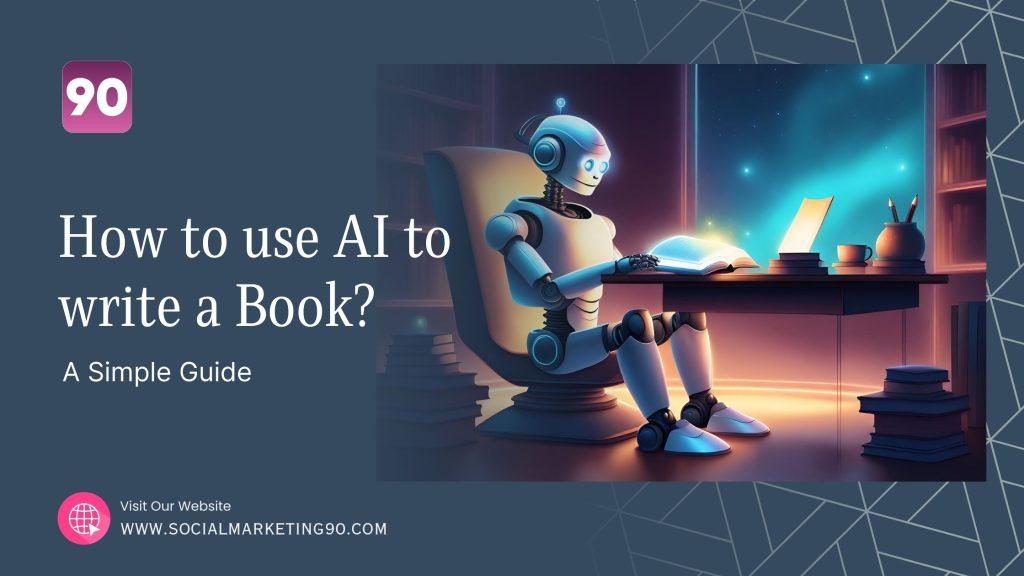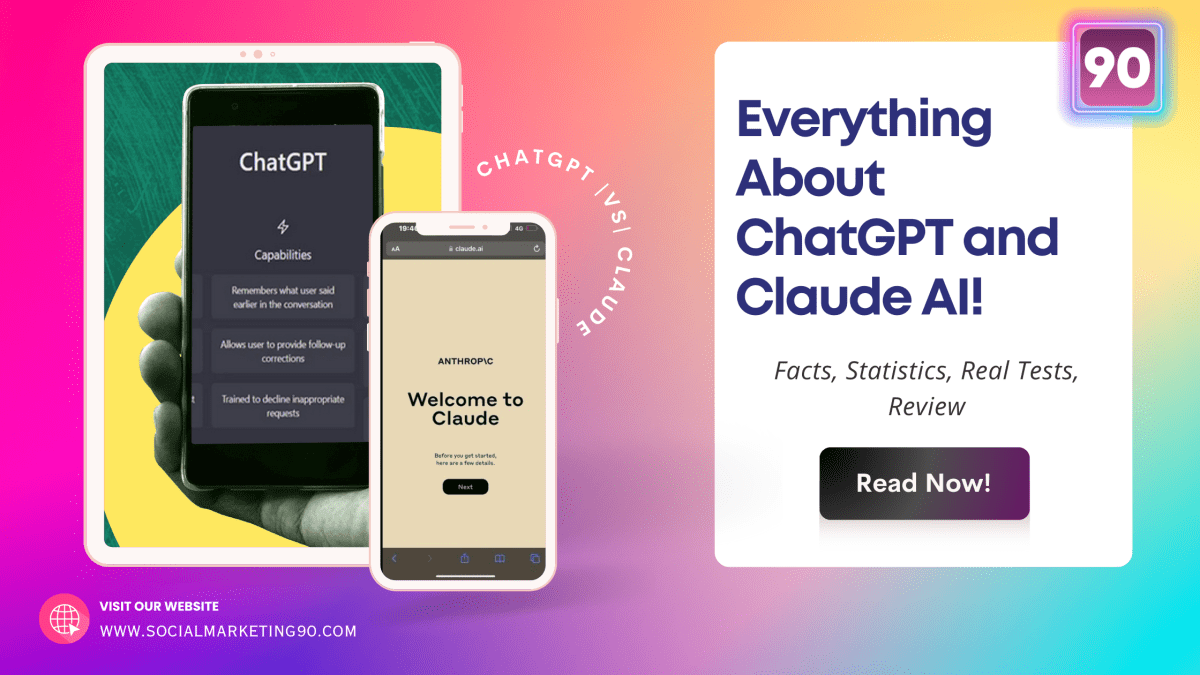Welcome to the era of AI writing! If you are someone with the idea of writing a book with the help of AI, you will turn this idea into reality after reading this blog post and learning how to use AI to write a book.
Artificial intelligence (AI) is a blessing for you if you are currently writing a book or thinking of writing one.
As a writer, I understand that writing a book can be quite challenging. We often face confusion when we have the idea of writing a book, becoming stuck and caught up in our thoughts. It’s not uncommon to struggle with generating ideas or figuring out how best to express them.
But let me tell you one thing that we are so fortunate that we have seen many of the amazing technologies humans have developed during our generation. And AI is one of the greatest of all time.
Now, we have many amazing tools that we can use to write a book using AI. Allow me to show you how to effectively use artificial intelligence for your book writing goals. Let’s start this journey together!
Let’s Meet with AI

AI stands for Artificial Intellengce, is a part of computer science dedicated to creating intelligent machines capable of performing tasks typically requiring human intelligence.
Imagine machines trained to think, learn, and solve problems in ways similar to humans.
Here are the key features of AI
- Learning: AI systems can analyze data and experiences, constantly improving their performance over time. This is like a machine studying and becoming more skilled.
- Problem-solving: AI can analyze complex situations, identify the best course of action, and make decisions without specific instructions. Think of a machine strategizing and making choices like a skilled chess player.
- Adaptability: AI systems can adjust to new situations and environments, often by learning from past experiences or updating their understanding based on new information.
There are many different types of AI, each with unique strengths and weaknesses. Some common examples include:
- Machine learning: Algorithms that learn from data without being explicitly programmed. Think of a machine automatically finding patterns in vast amounts of information.
- Natural language processing: AI that can understand and generate human language. Imagine a machine having conversations and understanding complex texts like a fluent speaker.
- Computer vision: AI that can extract information from images and videos. Think of a machine seeing the world like our own eyes, recognizing objects and understanding scenes.
This is the overview of AI. Now, let’s see how AI has evolved in writing tasks over time.
The Evolution of AI in Writing
AI and writing have changed a lot! From basic spell-checkers to fancy tools that create awesome story books.
The story of AI in book writing is pretty amazing! Let’s break it down:
Early Days (1950s-1980s)
Back then, AI in writing was like a basic helper. It started with early word processors doing simple grammar checks and basic formatting suggestions. It was useful but limited.
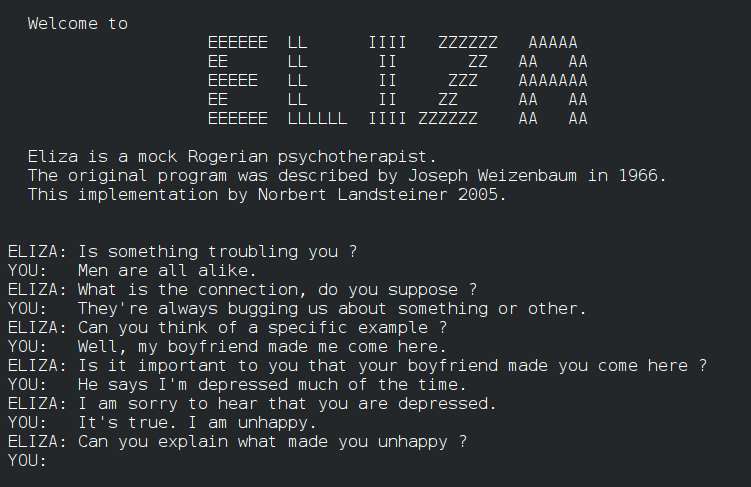
There were also early chatbots, like Eliza, trying to talk like humans. But they were a bit predictable and not very deep.
The Rise of Machine Learning (1990s-2000s)
As time went on, AI got smarter. Machine learning helped AI analyze lots of text, making it better at understanding language patterns and predicting words. Grammar checkers became more advanced, catching complex mistakes and suggesting better styles.
As the internet and web browsers grew, new helpers for checking text online showed up. The first ones were WebSpellChecker, LanguageTool, and Ginger.
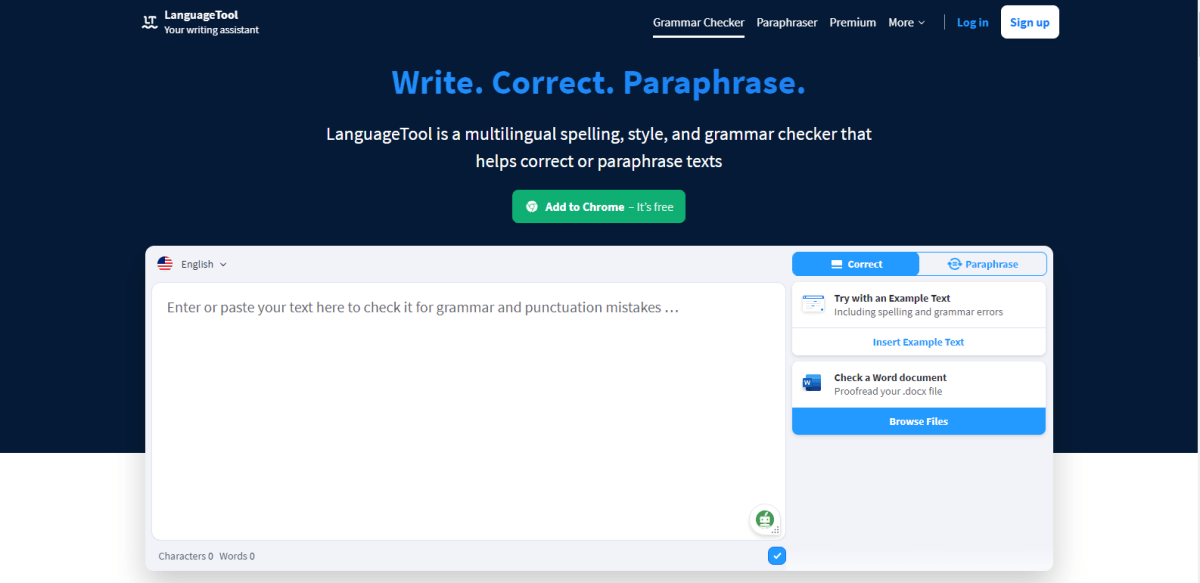
After that, we got Grammarly and ProWritingAid, and lastly, Linguix and Sapling AI joined in.
The Creative Explosion (2010s-Present)
Fast forward to today, and things get really advanced! Natural Language Processing (NLP) made AI understand human language in a deeper way.
Now, AI can create all sorts of creative writing, like novels, poems, scripts, and whole stories. It’s like having a super creative co-writer!
AI isn’t replacing writers; it’s teaming up with them. It helps with research, generates different writing styles, and gives feedback on drafts.
What are the Benefits of Writing with the Help of AI
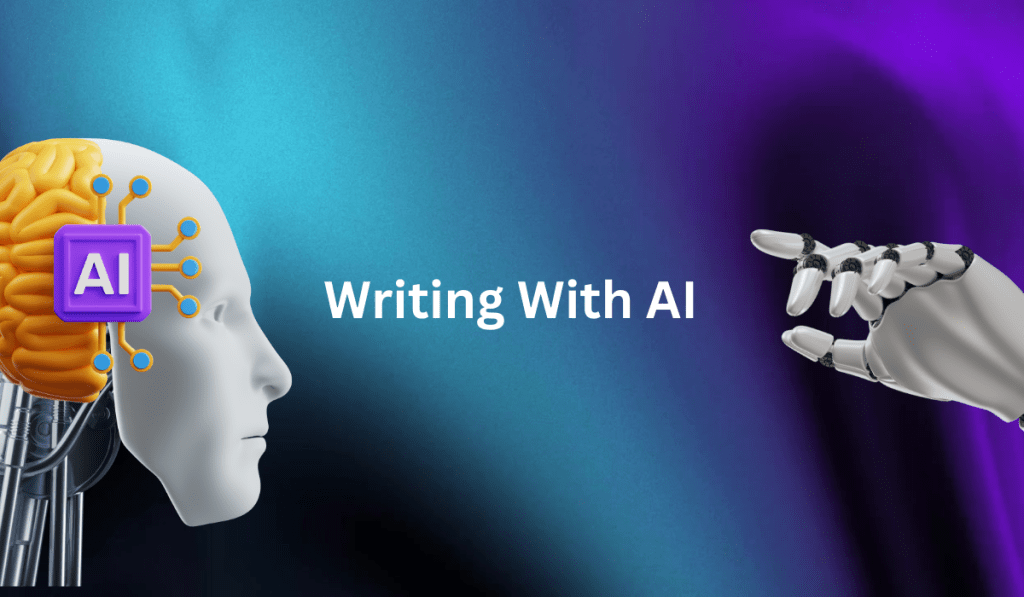
As discussed, the hardest part of writing is getting started. However, writing a book with the help of AI can be creative and enhance the overall process. It has several benefits, as discussed below:
Increase Productivity
While writing, an author needs to find ideas and acquire knowledge. In the past, before AI, writers had to spend a considerable amount of time on this process. Now, you are just a few clicks away from finding the information you need.
AI tools can assist you in generating ideas, providing suggestions, and even help with the actual writing process. This can significantly increase the speed of your writing, enabling you to write more in less time.
Content Generation
When an author starts writing a book, they have a limited fund of knowledge, and writer’s block can hinder progress. AI eliminates this obstacle by providing access to all the knowledge available on the internet. This can be significantly more productive.
An AI book writer can transform your ideas into a full, clear story. You can then make changes to make it perfect as you see fit.
Grammar and Spelling Check
AI tools offer real-time suggestions for improving grammatical and spelling mistakes. This can give your book a more polished and professional final touch, increasing its accuracy.
Research Assistant
The research phase of writing is one of the most time-consuming processes, but AI tools can help you gather knowledge and quickly analyze information on various topics. This will save you a lot of time and effort.
Language Translation
Your book does not have to be limited to a particular group of people who understand a specific language, right?
AI tools also work here to translate your book into different languages, breaking down language barriers and allowing you to reach a broader audience.
Low Cost
The benefits AI provides in book writing have a low cost in terms of time and money. All the benefits we have discussed entail little to no expense in the writing process. The tools you use in writing will complement your creativity without incurring significant costs.
Personalized Writing Assistance
If you are a writer and have ever noticed the unique tone of different books, AI tools can empower your writing in your own style.
AI can adapt to your unique writing style, providing personalized suggestions and corrections that align with your voice and preferences.
AI helps you create a tone that is consistent throughout the book, making it persuasive and believable. This is important because it ensures that the book’s message comes across clearly and effectively.
Choosing the Right AI Tools for Writing a Book
There are many AI tools, but only a select few can truly assist you in writing your book. Let me tell you one thing you can’t only depend on a single AI writing tool you have to have some other tool like grammar and spelling checkers, plagiarism checkers in your toolkit. We have create a toolkit specifically to write a book using AI. check it out below:
A Toolkit to Write a Book Using AI

Writing a book is super fun, and AI can be your assistant along the way. Check out these awesome tools for writing, fixing grammar, and avoiding plagiarism. They’ll make your book-writing even better!
AI Storytellers
- Jasper: Jasper is great at helping you think of ideas, plan chapters, write scenes, and make characters talk in your first draft.
- Rytr: Rytr is great for starting creative ideas and making your writing better. It’s good for short stuff, and it can also help you with book parts like snippets, outlines, and cool chapter titles. Think of it like a tool that sparks ideas and helps shape sentences.
- ShortlyAI: Make your stories more interesting with ShortlyAI! It creates short stories and blog posts that you can easily add to your book. Think of it as your story helper.
- Sudowrite:Explore characters with Sudowrite! It helps create detailed stories about them, like their past, personality, and thoughts. It’s like having a super helpful friend who knows everything about your characters.
Free AI Storytellers
- ChatGPT: Get creative with ChatGPT! It’s like your idea buddy with lots of info. Share ideas, think up twists, and come up with cool world-building thoughts. Just remember, you’re still in charge of making sure things are accurate and edited.
- Bard: Bard is really good at helping with research. It can summarize articles, understand tricky data, and even translate languages. Imagine it like having your own research library and information helper.
Grammar & Spelling Assistants
- Grammarly: Grammarly is like your writing helper. It finds mistakes, suggests better styles, and makes sure your writing is clear. Think of it as your grammar friend and clarity coach in one!
- ProWritingAid: For more in-depth grammar checks and detailed help, go for ProWritingAid. It finds things like overused phrases and pacing problems, making your writing better.
- Hemingway Editor: Keep your writing clear and concise with Hemingway Editor. It highlights complex sentences and suggests simpler alternatives, ensuring your prose is as readable as a Hemingway novel.
Plagiarism Checkers
- Copyleaks: This tool checks your writing against lots of websites and academic sources to make sure it’s original. It’s like having a buddy that makes sure your work is all yours.
- Turnitin: Turnitin is great for academic writing. It checks for plagiarism and gives reports, which is helpful for students and writers. It’s like having a guardian to make sure your academic work is honest.
- Grammarly Premium: Did you know Grammarly Premium has a built-in plagiarism checker? It’s a solid option for basic checks alongside its excellent grammar and style suggestions. It’s grammar and originality combo tool.
Bonus Tools
- Otter.ai: This AI transcriber changes your interviews and notes into text, saving time and effort. Great for catching quick ideas and brainstorming. It’s like your helper for turning conversations into notes.
- Evernote: Keep your research, plot outlines, and character profiles organized with Evernote’s intuitive note-taking system. Think of it as your book-writing world organizer and information hub.
- Canva: Design eye-catching book covers, character portraits, and social media graphics with Canva’s easy-to-use templates. Make your book stand out even before readers open the first page. Canva is your branding and design tool.
Remember: AI is a tool to empower your creativity, not a replacement. Experiment, explore, and find what works best for you. Most importantly, enjoy the journey of writing a best seller!!
Write a Book Using AI
So, now you have the essential toolkit to write a book using AI let’s see how and where to begin with. As I have mention tools above you can use any of them as per your preference. Our main aim to use them as good that we can to get the best result.
Start with Better Prompts
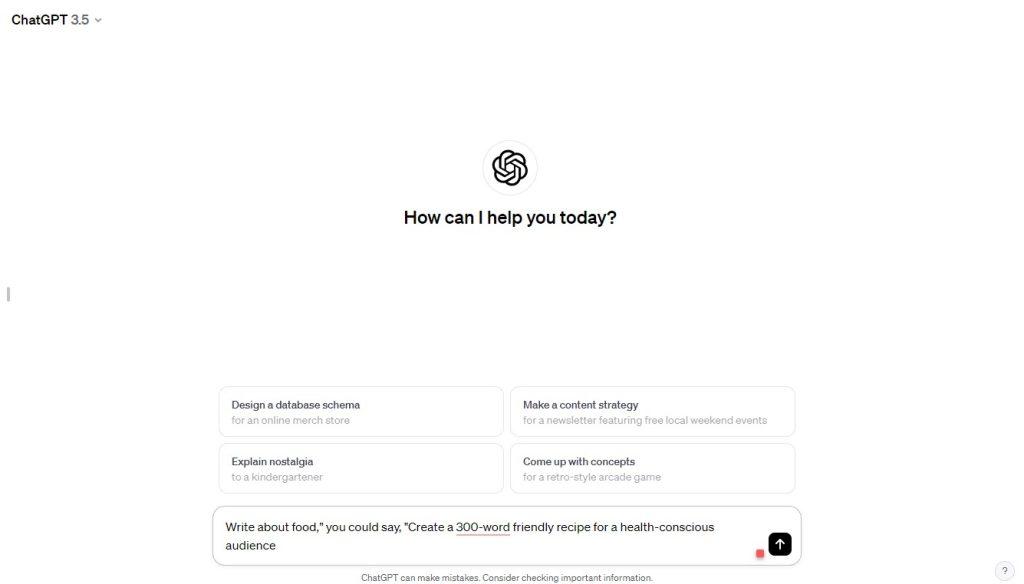
- Clear Communication: Clearly express what you want from AI writing tool. For example, if you’re creating a recipe, specify details like word count, tone, and key features.
Example: Instead of saying “Write about food,” you could say, “Create a 300-word friendly recipe for a health-conscious audience.”
- Framework Usage: Utilize a structured framework that includes the Subject (main topic), Task (specific action or goal), Instructions (clear guidelines), and Context (background information). This helps in getting more relevant and accurate responses.
Example: For a travel book, your framework could be:
- Subject: Destination
- Task: Describe
- Instructions: Include local culture, famous landmarks, and personal experiences.
- Context: Imagine writing for people planning a trip.
Ask for Advice
Source of Guidance: Treat AI tool as a source of advice. Seek suggestions for enhancing your writing style, making decisions, or gaining diverse perspectives on your book’s topic.

Example: “Ask the AI Tool for advice on how to make my writing more engaging for young readers.”
- Decision Making: Use AI’s responses to assist you in making informed decisions about your book’s content.
Seek suggestions from the AI Tool on which plot twist would work best in your mystery novel.
Write Like Me
- Consistent Style: Maintain a consistent writing style throughout your book.
Instruct the AI Tool to keep the same friendly and casual tone throughout your travel guide.
- Mimicking Style: Ask AI to mimic your writing style. Provide it with your writing samples so it can analyze and replicate your tone, creating a cohesive narrative.
Provide the AI Tool with your previous stories so it can write in a similar style for my new book.
Teach Me
- Learning New Topics: If you lack knowledge on a specific topic, ask AI tool for step-by-step instructions to learn and expand your understanding.

Example: “Ask the AI Tool for a step-by-step guide to help you understand the basics of quantum physics for my science fiction book.”
- Efficient Learning: Use this prompt technique as a quick way to gain knowledge on a subject with the help of AI.
Example: “Use the AI Tool to quickly learn about the history and culture of ancient civilizations for my historical fiction novel.”
Summarize
- Efficient Information Processing: Save time by asking AI tool to condense large or complex information into short, understandable points.
Example: “Tell the AI Tool to summarize a long article about space exploration into three key points for my sci-fi book.”
- Quality Improvement: Provide articles or documents for summarization to improve the quality and clarity of your writing.

Provide the AI Tool with your rough draft and ask it to summarize each paragraph to help you refine and improve the content.
Follow-Up Questions
- Interactive Conversation: View the interaction with AI tool as a conversation where the AI asks follow-up questions to better understand your intent.
When discussing a complex character in your novel, let the AI Tool ask follow-up questions to understand the character’s motivations better.
- Deep Understanding: Use this technique for complex topics where more detailed information is needed for accurate responses.
Use the AI Tool to explore in-depth discussions about philosophical themes in your book, asking follow-up questions for detailed insights.
Adjustable
- Simplified Concepts: Request AI tool to simplify complex concepts, making them accessible to a broader audience.

Example: “Tell the AI Tool to explain complex scientific ideas in a way that a 4th grader can easily understand.”
- Clear Communication: Useful when targeting diverse readers to ensure clear and easy-to-understand information.
Example: “Instruct the AI Tool to ensure that my writing about space exploration is clear and easy to understand for a diverse audience.”
Iteration
- Refining Information: Ask AI multiple questions, refining them to build a better understanding between you and the AI.

Example: “Keep refining your question to the AI Tool until you get the most helpful information for describing the setting in my novel.”
- Accurate Answers: This iterative process helps in obtaining more accurate answers to your queries.
Example: “Ask the AI Tool multiple questions about a historical event, providing more context each time, to get the most accurate information for your book.”
Act As
- Simulating Expertise: Direct ChatGPT to simulate the expertise of a specific professional.
Example: “Direct the AI Tool to act as a history expert, providing detailed insights and context for a specific period in your historical novel.”
- Specialized Answers: Useful when you need targeted answers from a simulated expert, saving time and resources.
Example: “Tell the AI Tool to act as a medical professional, giving specialized advice on how a character in your novel would handle a specific health issue.”
By incorporating these techniques into your interactions with AI tool, you can optimize its capabilities for various aspects of the book-writing process, making it a valuable tool for generating content, improving writing style, and gaining insights on complex topics.
AI is a Co-Author
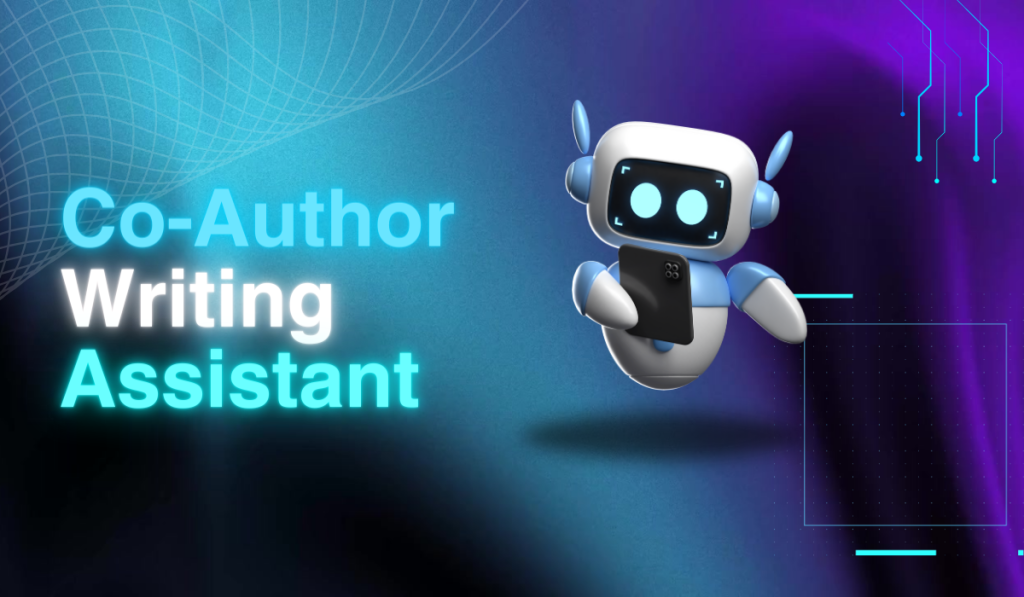
If you think AI can write an entire book for you without your involvement or with less involvement, then consider my point: AI is like a co-author that needs your efforts to shape your ideas.
Remember, AI tools can be incredibly helpful, but they should be used as aids and not replacements for your own creative judgment. AI is helping you to do your work better. You have to guide AI on what to do.
By embracing AI as a co-author, you can enhance your writing process, overcome creative blocks, and produce a book that seamlessly combines the strengths of human creativity and artificial intelligence.
Cons of AI Writing

We have learned how to use AI to write a book, but this is a machine that has errors, and no one can give you assurance that the content AI generates is 100% accurate, grammatically mistake-free, and not misinformed.
Below, I have described some potential inefficiencies of AI that you should remember in your mind and be safe from:
Lack of Emotional Understanding
AI is a machine that has no emotions, and you might face this issue while writing your book. AI cannot think beyond its data and patterns; it has no imaginative powers.
AI may find it difficult to understand and convey the depth of human emotions, leading to narratives that lack genuine emotional resonance. It impacts readers who may find AI-generated content to be emotionally flat, missing the nuanced touch that human authors bring to their work.
Lack of Human Creativity
Do you know how AI systems work? They simply produce data available on the internet, often relying on patterns and data from existing works. They often struggle to generate original and imaginative content.
Whereas human creativity helps to generate fresh content. The authenticity and depth of human creativity may be challenging for AI to replicate, resulting in a potential lack of freshness in your book.
Plagiarism
One big problem with AI-generated content is the chance of plagiarism. When AI tries to write, it usually takes information from the internet. This can accidentally make the content look a lot like information from other sources.
This is a problem because it challenges how real or authentic the content is. When you use AI for writing, it’s very important to watch out for possible plagiarism.
This is because it can hurt how special and trustworthy your work is. Making sure your content is original is a must, and checking for plagiarism is a good practice to keep your work honest.
Unintended Bias and Misinterpretation
Sometimes, AI can mess up unintentionally. It might not get what you’re trying to say in your book, and it could include unintentional biases in your writing.
For example, it might unknowingly support stereotypes or twist your original meaning. This happens because AI doesn’t really “understand” like humans do.
It follows patterns, and sometimes, those patterns lead to mistakes that might not reflect what you want to express.
So, when you use AI for writing, keep an eye out for these unintentional mess-ups that can make your writing say something you didn’t mean.
Ethical Concerns and Responsibility
AI writing tools come from huge sets of data, and hidden in that data are possible ethical problems.
These tools learn by absorbing information from the vast internet, which can include biased or controversial content. It’s up to us, the users, to be careful as we navigate this terrain.
Making sure we follow ethical guidelines and actively check AI-generated content becomes really important.
This way, we have control, avoiding spreading biases or unintentionally sharing false information. It’s a careful balance between using AI for creativity and preventing the unintentional spread of biases and controversies.
Including ethical considerations in using AI writing systems isn’t just a choice; it’s a responsibility.
As creators, we have the power to shape stories, and with that power, we must ensure that what we create adds positively to the larger conversation.
It’s a team effort, with both creators and technology coming together, holding each other responsible for any ethical issues that might come up with AI-generated content.
Future Trends in AI for Writing

Thinking about how AI is changing, it’s easy to imagine a future where AI can make more customized and quick books. However, if it starts displaying rude comments and opinions, it could become sensitive.
Remember the problems with AI book writing we discussed earlier?
The good news is that AI might try to solve these issues directly. The aim? To provide the best results for users.
So, in the future, we might see AI improving even more at balancing speed and personalization without creating offensive content. It’s like AI is learning from its mistakes and getting ready to be a more thoughtful writing companion.
7 Tips to Make Writing Better

Writing can sometimes feel like a struggle, and it’s common for people to delay it. In the book “On Writing Well,” William Zinsser says that writers can do anything to avoid writing.
How can writers overcome these challenges?
Unfortunately, there’s no one-size-fits-all solution. I can only share the comforting thought that you’re not alone.
Some days will be better than others, and some might be so tough that you’ll feel like giving up on writing. We all have those days, and more will come.
Still, it would be helpful to minimize the tough days. Consider the seven simple steps to achieve flow in your writing journey, which will help you make the most of your abilities and stay focused.
According to researcher Owen Schaffer from DePaul University, the conditions for achieving flow in work are:
- Knowing what to do
- Knowing how to do it
- Knowing how well you are doing
- Knowing where to go
- Perceiving significant challenges
- Perceiving significant skills
- Being free from distractions
Time management tips

As we know writing a book can be a time consuming task but effective time management can significantly enhance your productivity and help you achieve your writing goals.
Devoting your time on the process of writing your own book is like a marathon. Your continuous efforts and effective time management tips will help you to complete your manuscript.
Here are some tips to manage your time effectively while writing a book:
- Set Clear Goals
- Define your writing goals, whether it’s a daily word count, chapter completion, or specific milestones.
- Break down the larger goal of completing a book into smaller, manageable tasks.
- Create a Schedule
- Establish a consistent writing schedule that suits your daily routine.
- Allocate dedicated time each day for writing to build a writing habit.
- Prioritize Writing Time
- Treat your writing time as sacred and prioritize it over other less important activities.
- Minimize distractions during your writing sessions.
- Use Time Blocks
- Utilize the Pomodoro Technique or similar time-blocking methods.
- Write for a focused period (e.g., 25-30 minutes), then take a short break before resuming.
- Set Realistic Deadlines
- Break down your book into chapters and set realistic deadlines for completing each section.
- Use deadlines to create a sense of urgency and accountability.
- Eliminate Perfectionism
- Understand that the first draft doesn’t have to be perfect.
- Focus on getting your ideas down on paper and save editing for later.
- Limit Research Time
- While research is crucial, set a specific time limit for it.
- Avoid getting lost in endless research that hinders your writing progress.
- Establish a Dedicated Writing Space
- Designate a specific area for writing to signal to your brain that it’s time to focus.
- Make the space comfortable and free from distractions.
- Use Writing Tools
- Explore writing tools and software that can enhance your productivity.
- Consider tools that help you organize your ideas, create outlines, and track your progress.
- Stay Organized
- Keep your writing materials, notes, and outlines organized.
- Create a system for managing research materials, ideas, and character profiles.
- Take Breaks
- Allow yourself short breaks to recharge and avoid burnout.
- Physical activity during breaks can enhance creativity and focus.
- If you find yourself overwhelmed, go for a walk, listen to music, meditate, and do whatever can energize you.
- Seek Accountability
- Share your writing goals with a friend, writing group, or accountability partner.
- Regular check-ins can help you stay on track and motivated.
- Learn to Say No
- Recognize your limits and be willing to say no to non-essential commitments.
- Guard your writing time against unnecessary distractions.
- Reflect and Adjust
- Periodically assess your time management strategies.
- Be flexible and adjust your approach if something isn’t working.
- Celebrate Achievements
- Celebrate small victories along the way to maintain motivation.
- Acknowledge progress, no matter how small, and use it as fuel for continued effort.
Continuous Learning and Adapting to New AI Features
AI has many helpful tools that are constantly evolving. You can benefit from these tools by learning and keeping up with new AI features. Staying updated can give you an advantage in your writing.
Consider turning on notifications for our website, socialmarketing90.com, or subscribing to our newsletter to get updates on different AI tools and updates.
We share valuable information for writers like you and keep you informed about AI tools. This way, you can quickly use these tools whenever we release a new blog post by turning on notifications.
End Note
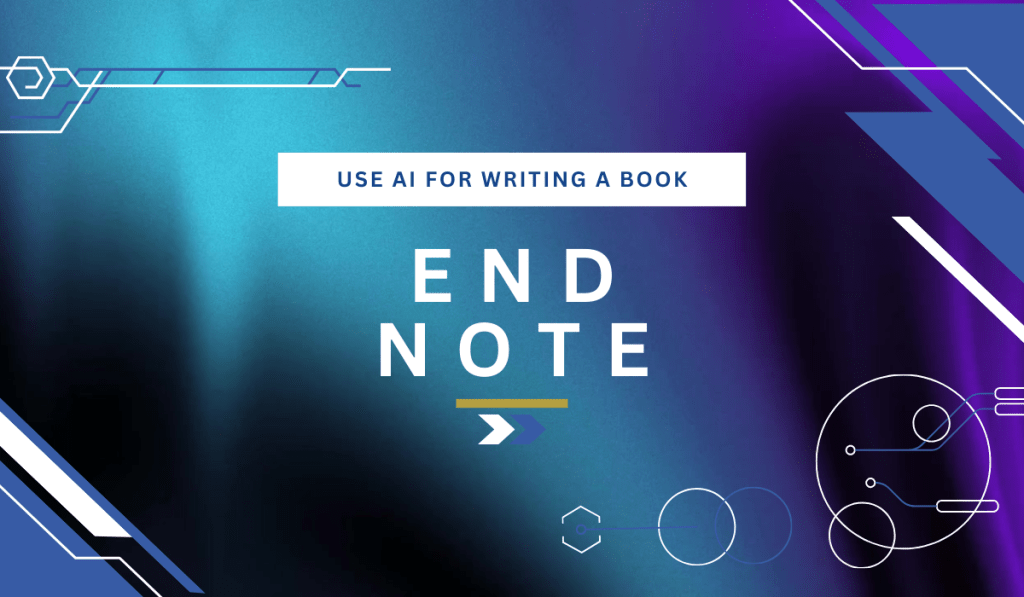
Congratulations on getting started on the exciting journey of learning how to use AI for writing a book!
As you finish reading this blog post, I hope you’ve found it valuable, making the time you spent here worthwhile. My goal is for you to leave with a clearer understanding of using AI for book writing.
In this blog post, we’ve explored the details of AI, understanding how it works, and discovering how to use its tools for crafting your best seller.
It’s essential to know that while AI is a helpful companion and co-author, it has its imperfections. Your unique touch and creativity are what will make your AI written book stand out beyond any algorithm’s limitations.
Armed with new knowledge about the AI writing toolkit and how to use AI for writing a book, you’re now ready to begin your writing journey with confidence.
Accept the creative collaboration of man and machine, allowing your imagination to soar as you bring your ideas to life.
Writing is a journey, and each word on the page is a step forward. So, go ahead, enjoy the experience, and find joy in the art of book writing. Happy writing!

